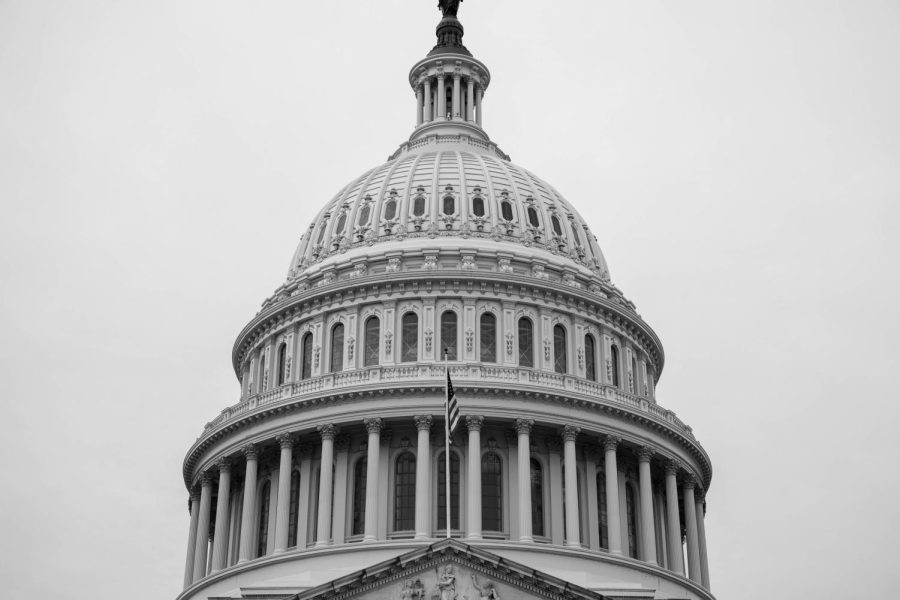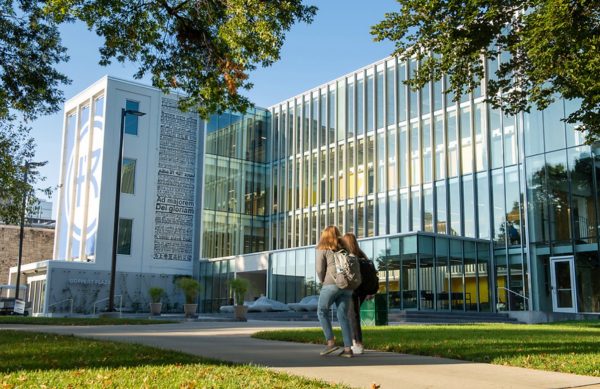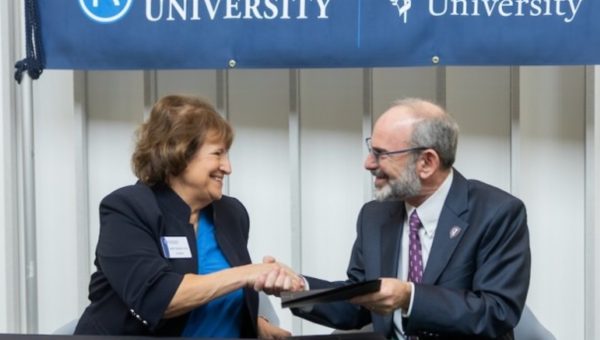What student loan debt forgiveness means for Rockhurst students & everything you need to know
The announcement President Biden made in regards to the forgiveness of student loans shocked a nation facing more than 1 trillion in student loan debt and made many students wonder if their loans qualified for this as well. Here at Rockhurst University, about 59% of the student body that graduated in 2018 took out loans which averaged about $7,218 a year. This means at the end of their four years, they averaged $28,872 in student loan debt.
The newly announced plan by Biden allows up to $20,000 of loan forgiveness as well as a pause on student loan repayment until December 31, 2022, with payments resuming in January 2023.
To be eligible for loan forgiveness, the filing party’s individual annual income must be below $125,000, and those filing jointly must be below $250,000. This means if a single guardian or individual student is using their income to file for federal loans, the student qualifies for $10,000 of loan forgiveness. If there are two guardians using their joint income, or the student is using their income plus their spouse’s, and it falls under $250,000, the student also qualifies for $10,000 in debt cancellation.
However, there is an exception in regard to Pell Grant recipients. If the student or guardians filing accept Pell Grant, this means that the student qualifies for $20,000 of debt cancellation. If the student does not receive the Pell Grant, they will only be eligible for the $10,000 of student debt cancellation.
The loan forgiveness also applies to past students who have graduated. The amount applied to their debt cancellation depends on what their income situation was at the time of filing FAFSA (Free Application for Federal Student Aid).
At the current moment, if the U.S. Department of Education does not already have the student’s income data supplied through FAFSA, they will be releasing an application available in early October. It is advised for all wanting the debt cancellation to apply before November 15, as the time to apply and receive relief expires on December 31. “Canceling those debts is a way to right a set of wrongs that are highly unequal by race, gender, and socioeconomic background,” said Charlie Eaton, an economist and cofounder of the Higher Education, Race and the Economy (HERE) Lab at the University of California.
The Biden Administration is also proposing a new rule to create income-driven repayment plans that will reduce the monthly payments for lower and middle-income borrowers. It will allow borrowers to not have to pay more than 5% of their voluntary income, which would be 5% lower than the current 10% income-driven repayment plan. It would also forgive loan balances after 10 years of repayment instead of 20 years of repayment for borrowers, who at that time have $12,000 or less to repay.
However, this new policy is not without pushback as lawsuits have been filed against the Biden administration. Republican government members have referenced price for the government as an area of concern. According to the Congressional Budget Office (CBO), it would take relatively $400 billion over three decades to pay for the program. The White House disputed this argument saying that the CBO’s estimate of how much it would cost the first year is lower than they initially thought, coming in at $21 billion.
At this same time, the pushback has caused the Biden administration to quietly scale back on who is eligible for debt relief. While this group is small, it means that these borrowers are no longer eligible for debt relief. These include borrowers whose loans are backed by the federal government but owned by private banks. These were loans known as FFEL loans (Federal Family Education Loan) and was a loan type that was discontinued in 2010. So while no current undergraduate student is affected, it means that those from earlier years who have FFEL are ineligible for debt cancellation. Approximately 4 million borrowed FFEL loans.
The Biden Administration’s student loan forgiveness plan has sparked vastly different reactions from people and government officials, and time will tell how this plan indeed plays out.







